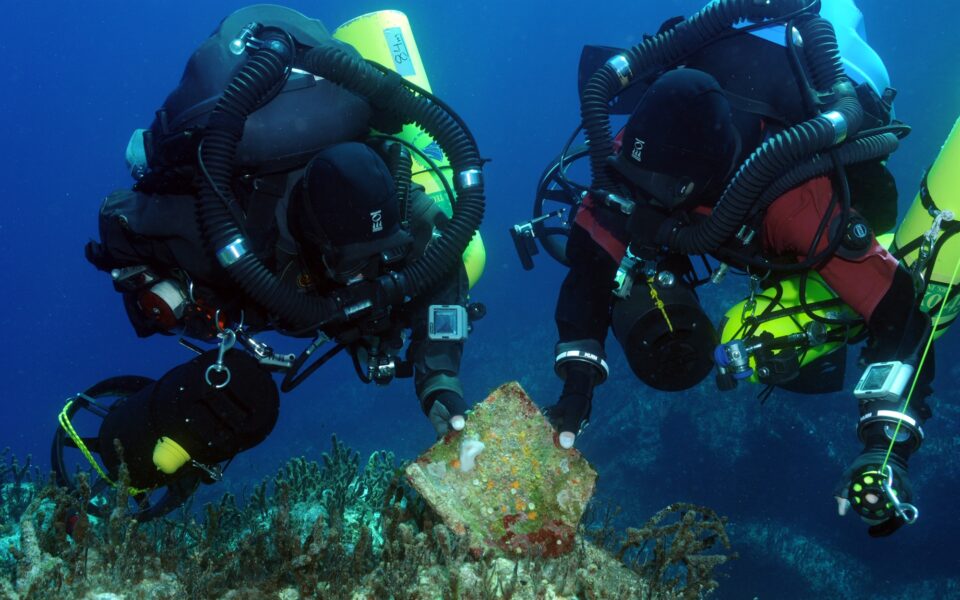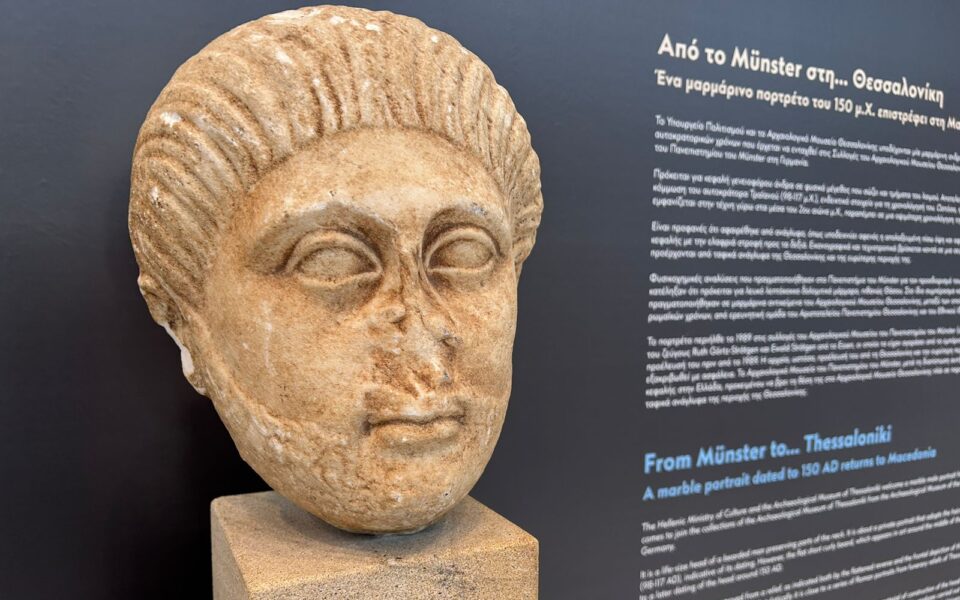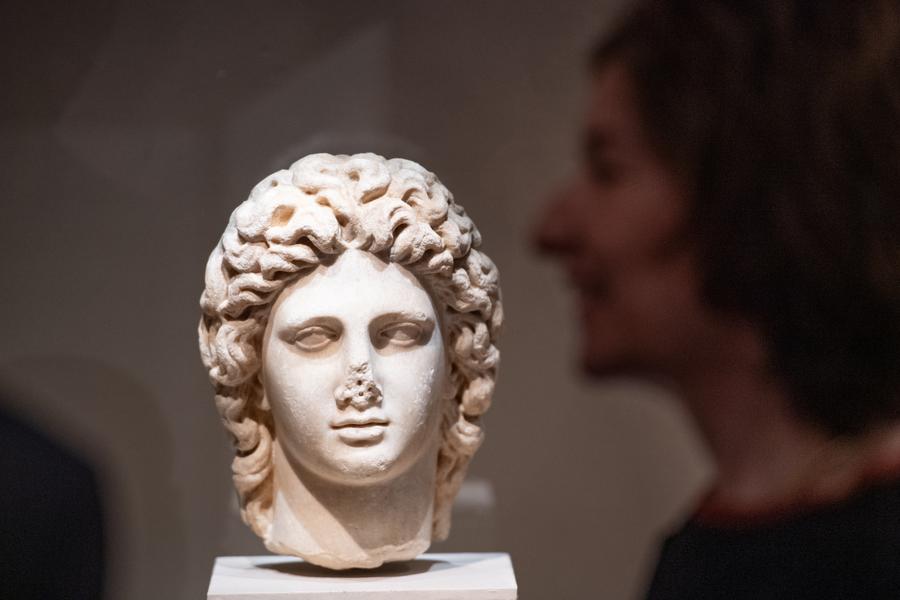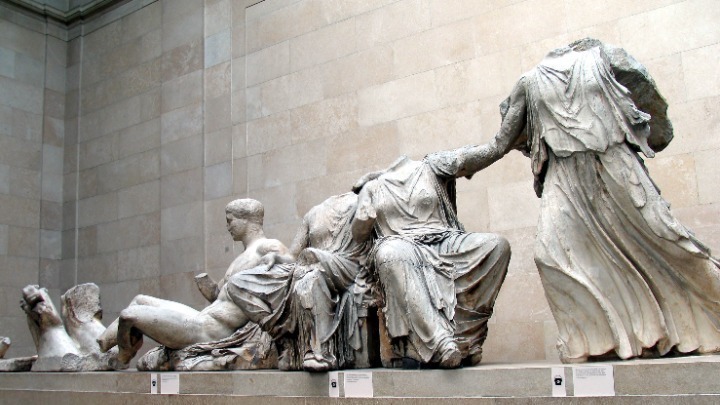Sewage work stumbles on early Byzantine church in Evia
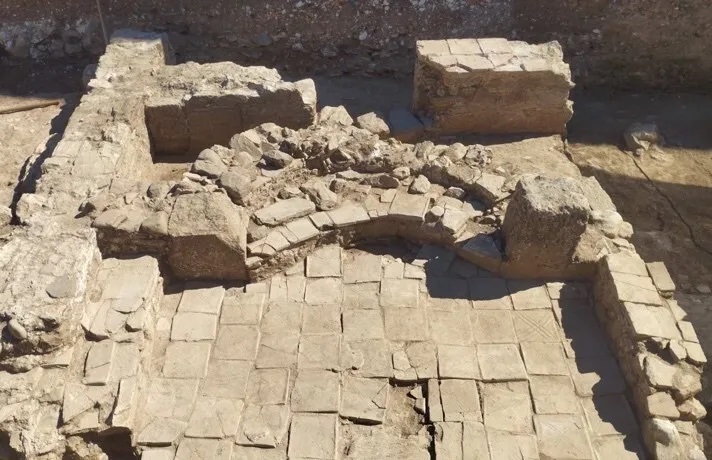

A section of an early basilica, believed to date to the 6th century AD, was discovered this past summer in Oreoi, northern Evia, during digging for a sewage network, the Ministry of Culture said on Wednesday.
The ensuing excavation uncovered the foundations of walls forming an apse and a floor lined with bricks. The walls were constructed from rough stones, roof tiles and clay, covered by a thin layer of plaster.
At the corners of the apse stood two large square column supports, with two stairs located on their interior sides.
Even more interestingly, two iron crosses and a bronze ring, used to hold lamps, were unearthed during the excavation.
According to the ministry, during the 6th century, the diocese of Oreoi was one of five dioceses on Evia, all under the metropolis of Corinth. This discovery significantly contributes to the historical understanding of the era in the region, as only a few church sculptures have been found, some of which were incorporated into later churches.
The basilica is located within the perimeter of an older public building, possibly an even earlier basilica.
Source: AMNA

